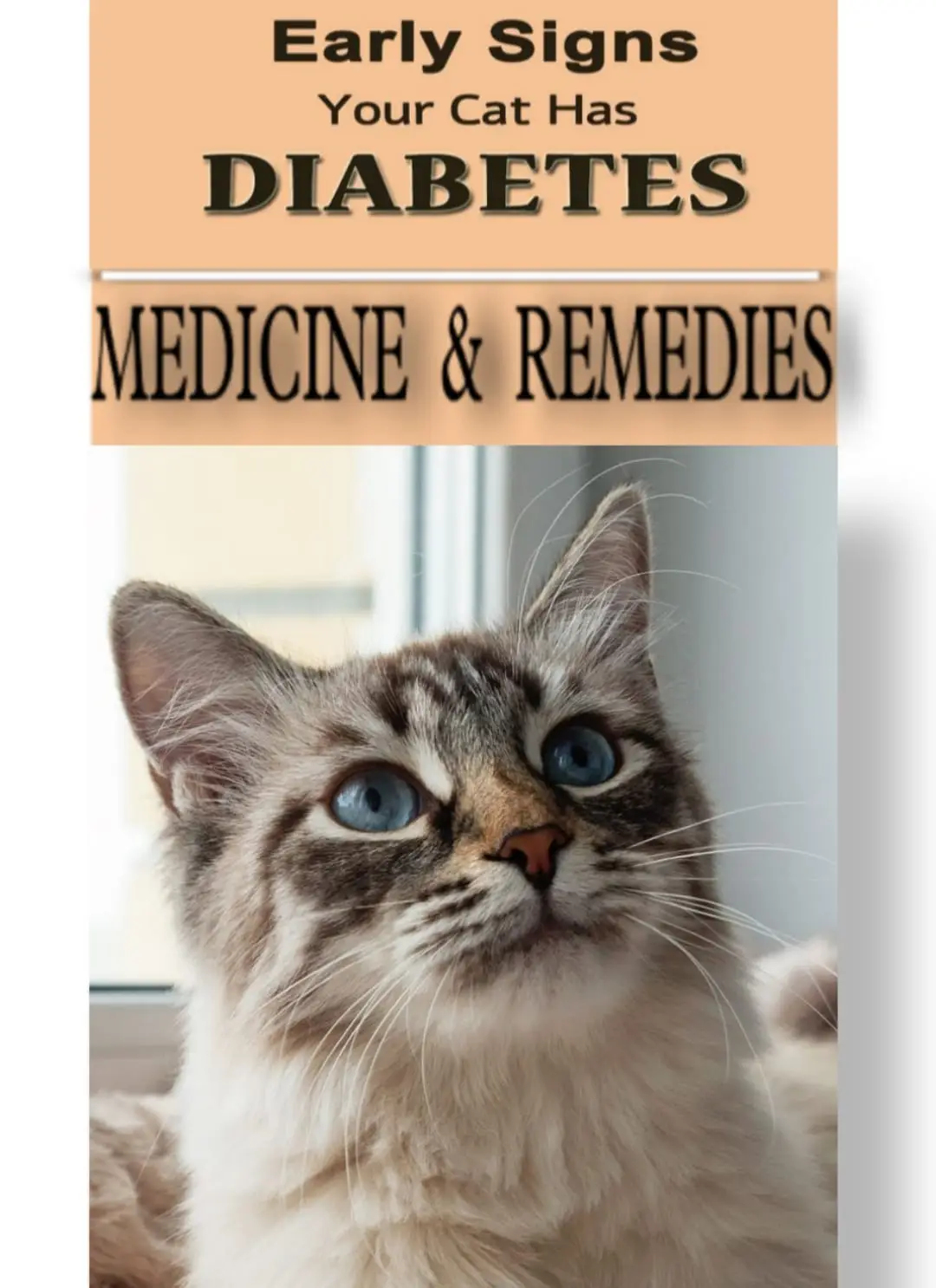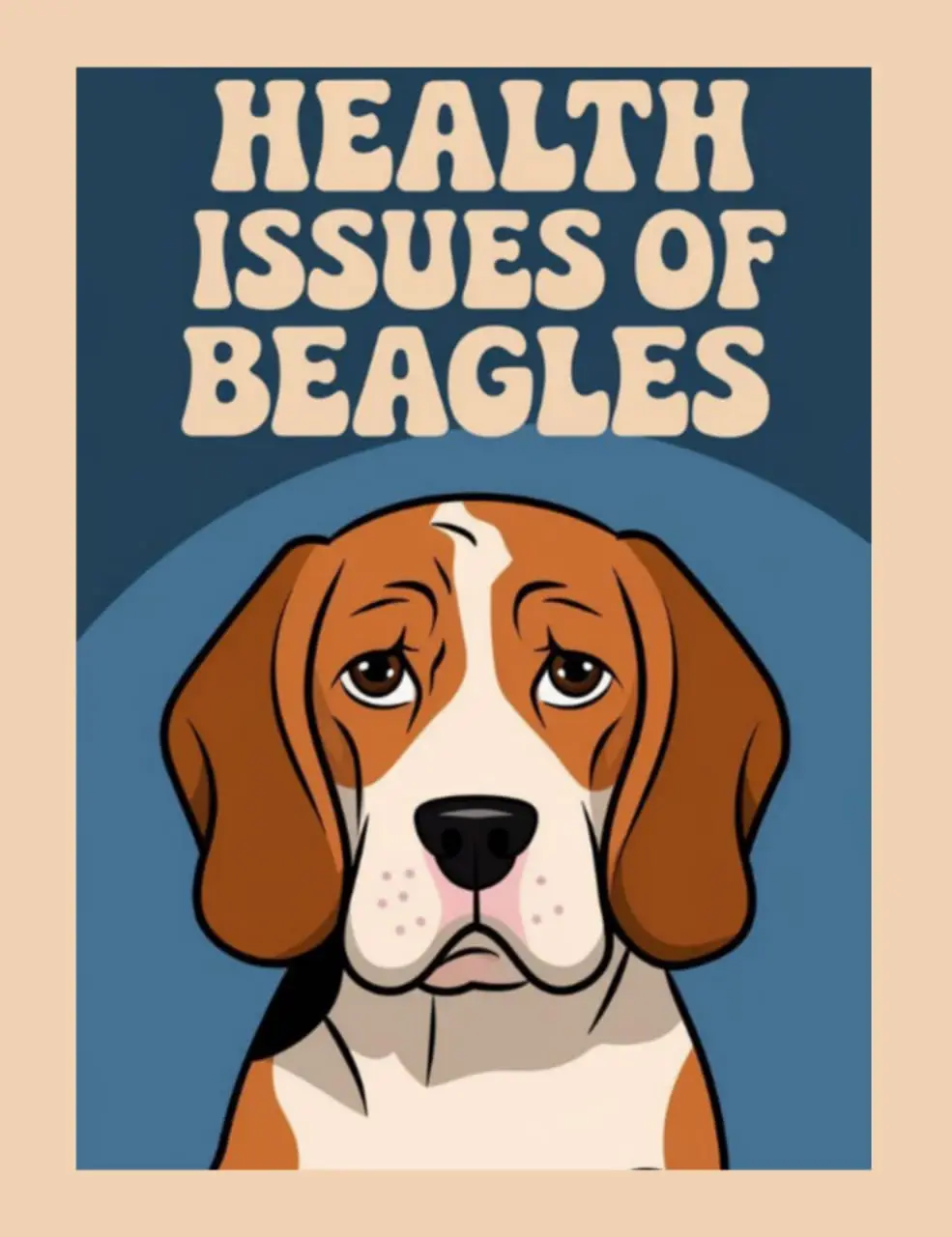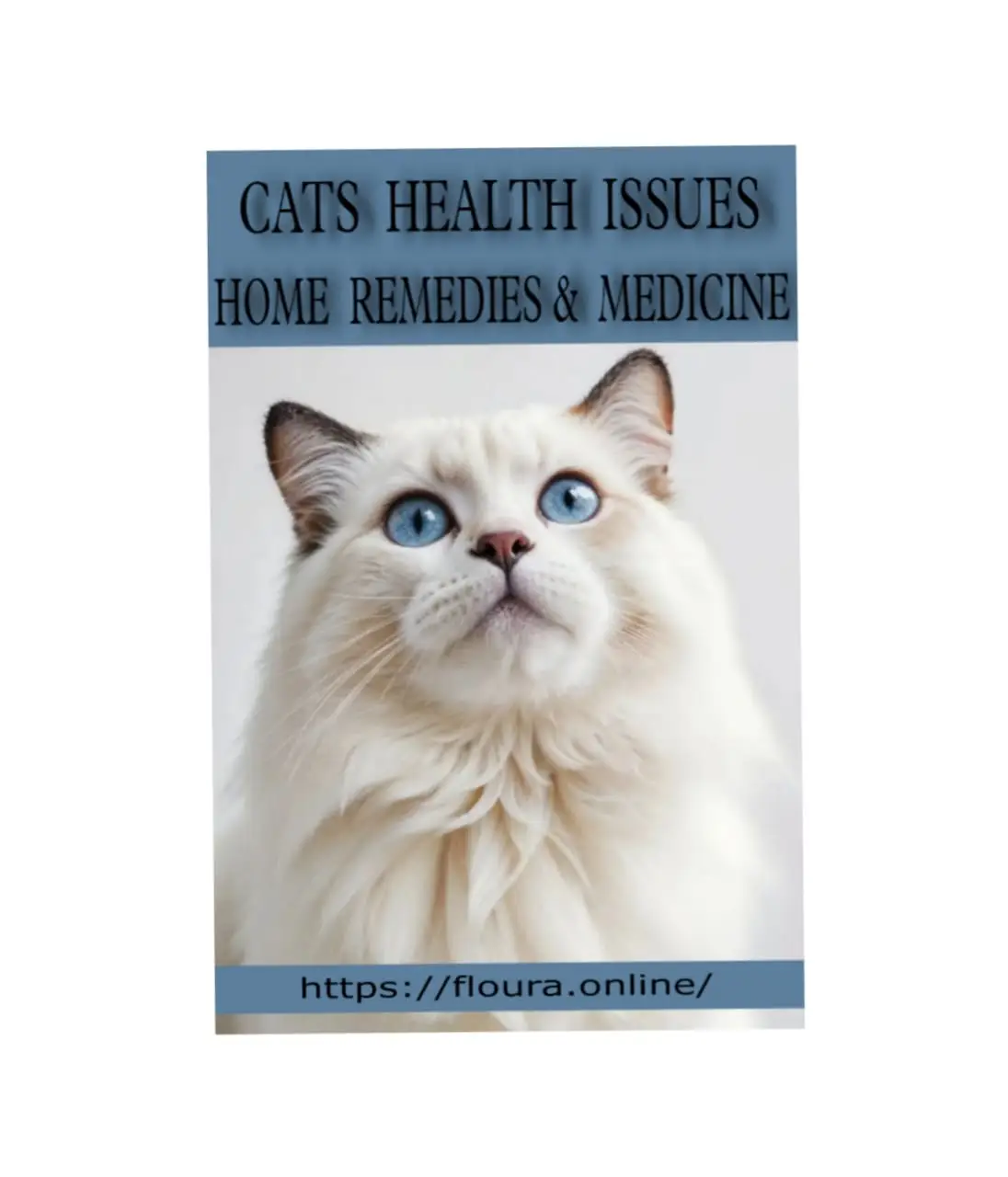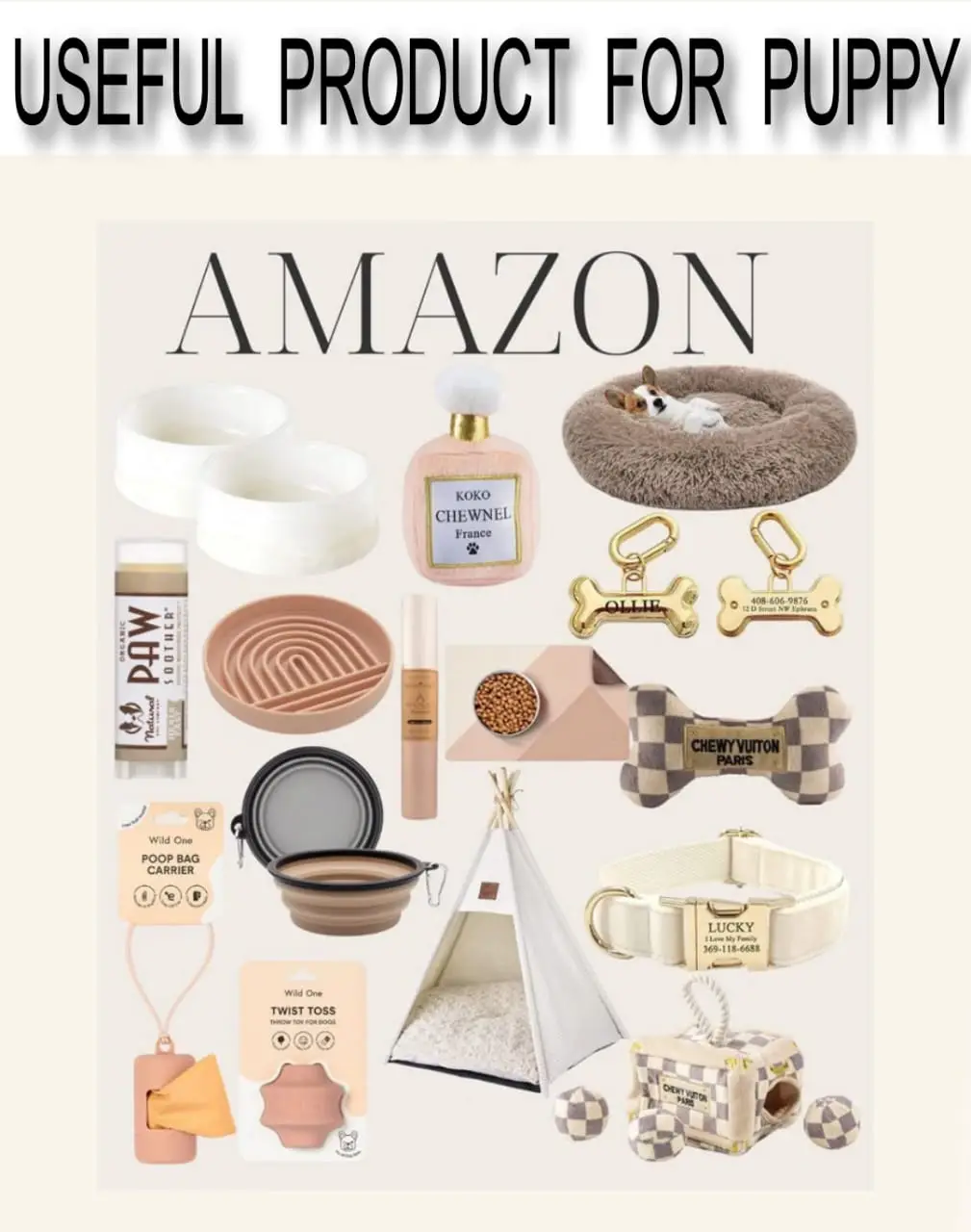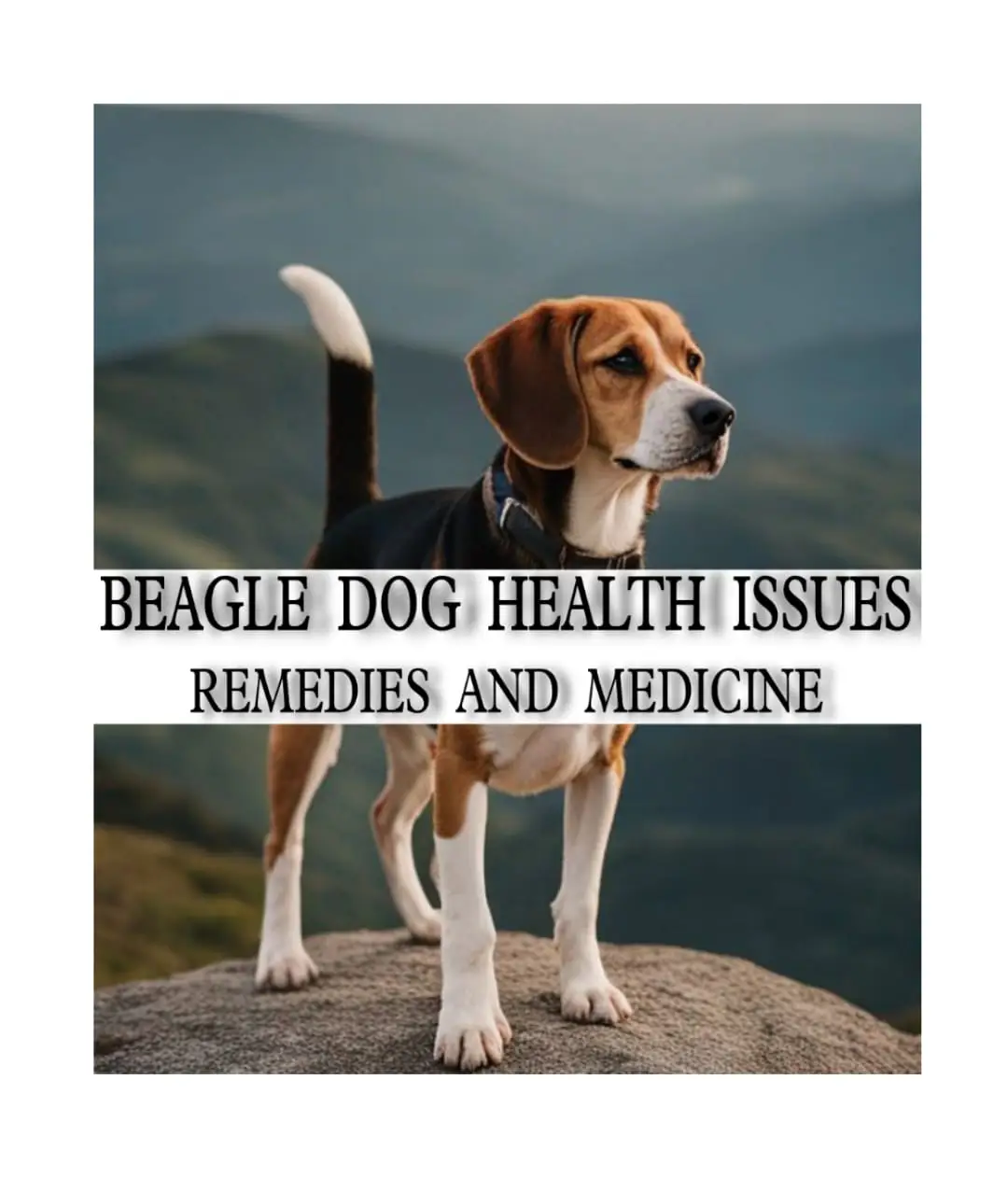Top 20 Useful Products for Pets
Pets Products introduction :- Pets are more than just animals; they’re family. Whether you have a playful pup, a curious cat, or a chirpy bird, ensuring their well-being is a top priority. Thankfully, pet care products have evolved, making it easier to keep your furry friends happy, healthy, and entertained. In this guide, we’ll explore 20 … Read more


